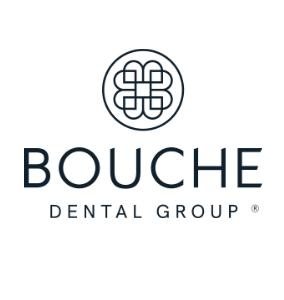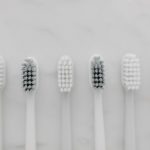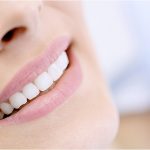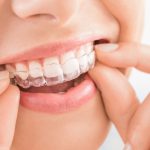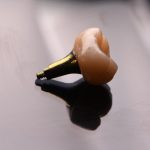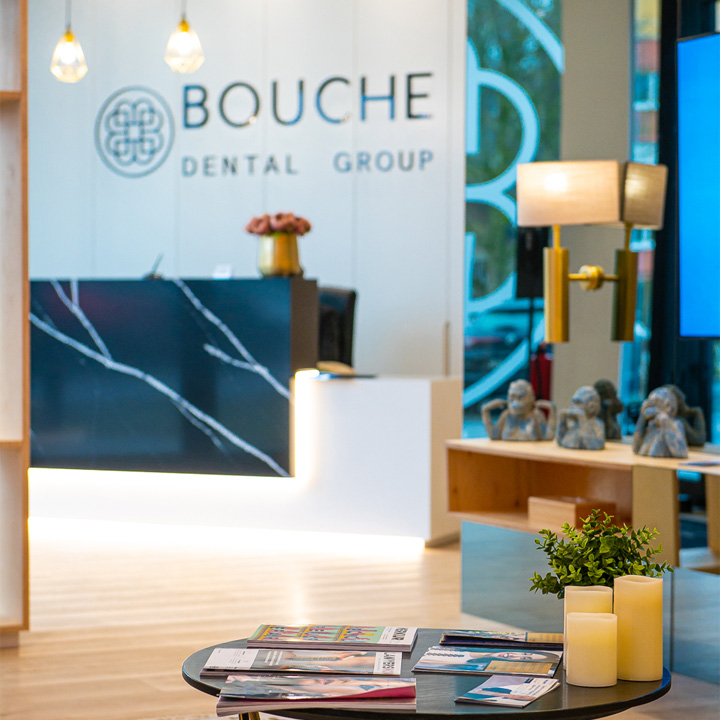“I brush my teeth twice a day and I still have cavities.” Understand the reasons why.
“I brush my teeth twice a day and I still have cavities.” Understand the reasons why.
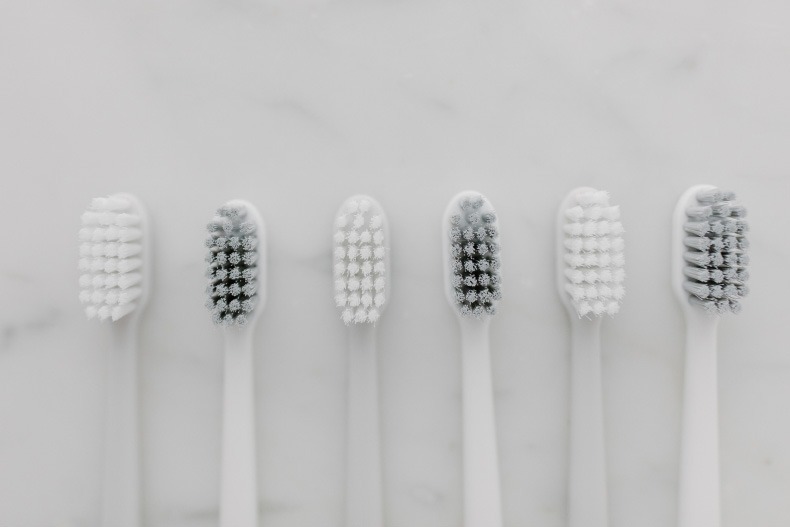
Even when people adopt healthy oral hygiene, like eating less sugary foods, brushing their teeth twice a day and going to the dentist twice a year, many people come in for their dental appointment and are surprised that they have cavities.
In order to clarify this whole process, some answers to questions that are regularly asked by people during routine dental check-ups are shared here that may help you better understand the appearance of cavities:
How do cavities form?
All teeth are made up of mineralized tissue. Whenever you eat or drink sugary or carbohydrate-based foods, the bacteria in your mouth start producing acid, which attacks the enamel (the outermost layer of the teeth). Which means that when your mouth drops below a critical pH and becomes more acidic, the mineralised tissues of the teeth start to lose minerals making them more prone to decay.
It is known that it takes about 30-60 minutes after eating or drinking for the pH in your mouth to return to normal. However, if you don’t give your mouth enough time to recover after these tasks and consume something higher in sugars or starch, the process starts again and acid continues to form and attack your teeth.
What is dental caries?
Dental caries is a multifactorial pathology caused by the action of certain bacteria, an inadequate diet and poor oral hygiene. When all these factors come together, the disease occurs and causes the partial or total destruction of the tooth. It is known that this disease of the oral cavity affects almost 90% of the population.
What are the development phases of cavities?
Phase I (White spot on the surface of the tooth)
In the initial phase, the caries lesion is asymptomatic and appears as a whitish, opaque stain on the tooth surface. The presence of bacterial plaque is at the origin of this whole process, as it feeds the cariogenic bacteria that begin to break down the sugar that is adhered to it, releasing acids that cause the demineralisation of the dental enamel.
It is important to point out that at this stage of development, dental caries can still be treated non-invasively as it is still reversible.
Stage II (Dental caries in enamel)
At this stage of development, the caries lesion formed is already irreversible, i.e. there is already an affection of the dental enamel that needs to be treated. Therefore, the lesion in this stage will have to be removed, in order to stop this pathology and prevent painful symptoms, and a dental restoration will be performed.
Stage III (Dentine Caries)
When the caries lesion has already reached stage III, it means that there is already an invasion of a more internal area of the tooth, the dentine layer, which protects the dental pulp. Due to the proximity to the centre of the tooth (dental pulp) there may be a greater sensitivity to cold or to eating sugary foods, or even a sensation of pain and, therefore, its treatment is urgent in order to prevent the advance of the dental caries lesion.
Stage IV (Invasion of the dental pulp)
Moving on to this stage, the caries lesion has already invaded the innermost part of the tooth, the dental pulp, the area responsible for the vitality of the tooth, which is made up of nerve and blood tissue. The affection of this part of the tooth leads to the compromise of its vitality. In most cases, root canal treatment (endodontic treatment) is carried out at this stage.
If not treated at this stage, the disease will progress leading to infection of the whole tooth and a possible abscess.
In more advanced cases, the restorative treatment of the tooth may no longer be viable and its extraction may be necessary.
Which treatment is indicated?
The treatment that is indicated always depends on the stage of development of dental caries. In an initial phase, a simple restoration with composite resin may still be viable. When the lesion has already advanced towards the innermost tissue of the tooth, causing irreversible inflammation or infection, it is necessary to devitalise the tooth (endodontic treatment). If, at this stage, the tooth cannot be restored, it will not be possible to carry out endodontic treatment and it will be necessary to extract the tooth and then replace it with a dental implant.
” Can I prevent tooth decay ? “
The following steps will help in its prevention :
- Obey a daily and careful oral hygiene;
- Brushing with a fluoride toothpaste (1450 ppm);
- Brush your teeth at least twice a day;
- Use dental floss or dental tape daily;
- Have a healthy diet avoiding foods and drinks rich in sugar;
- Staying hydrated is very important! Drinking water not only contributes to producing saliva but also nourishes our whole organism.
- Visiting your oral hygienist and/or professional specialist is fundamental for regular check-ups.
- Last but not least, visit your oral hygienist and/or professional specialist for regular check-ups.
If you have any questions about your oral hygiene or suspect that you have a tooth decay lesion, schedule an appointment with a professional!
